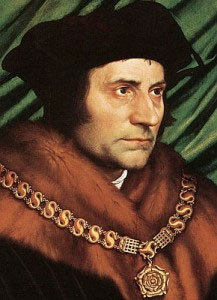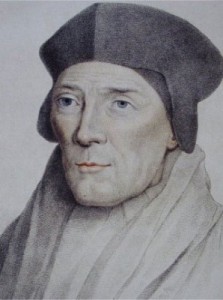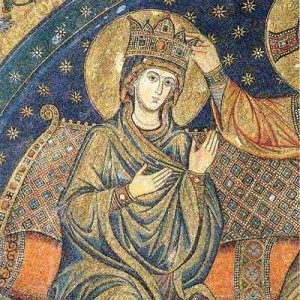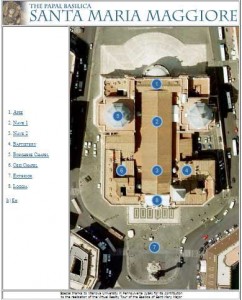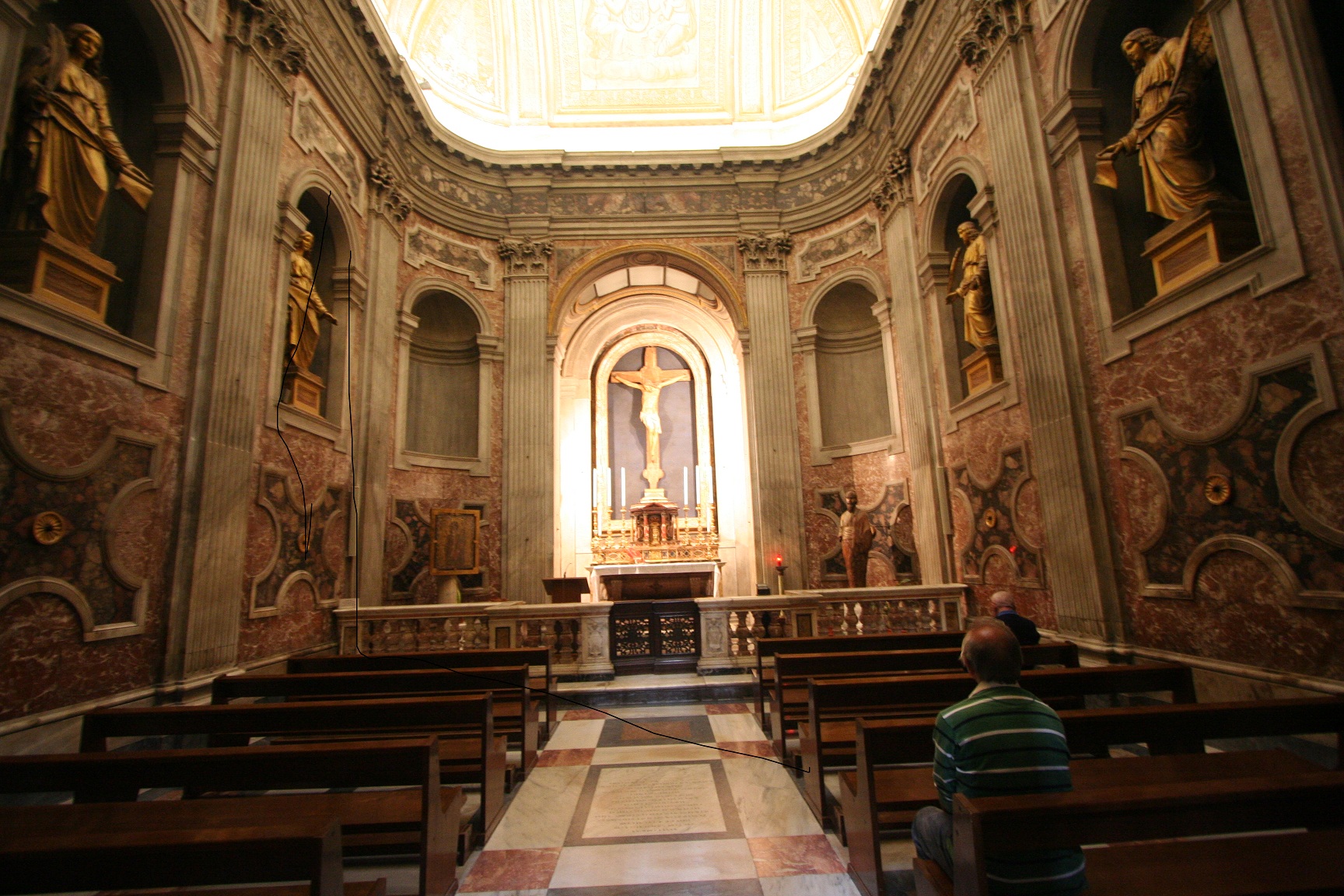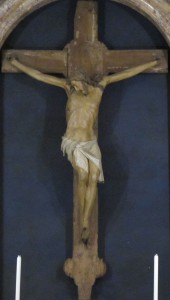I leave it to Omar F. A. Gutierrez to write so well on the life,  times, and death of this great saint.
times, and death of this great saint.
You may perhaps remember a scene from Braveheart with Robert the Bruce and his father the leper.
When his son first brings him news about the rebellion led by William Wallace, a commoner, the father instantly devises a plan by which the Bruce clan can gain favor with the Scots and with the English. You get the feeling that Robert is a bit taken aback by the so easy and cold calculation of his rotted father.
He says,
This Wallace. He doesn’t even have a knighthood. But he fights with passion, and he is clever. He inspires men.
His father replies:
You admire him. Uncompromising men are easy to admire. He has courage. So does a dog. But you must understand this: Edward Longshanks is the most ruthless king ever to sit on the throne of England, and none of us, and nothing of Scotland, will survive unless we are as ruthless, more ruthless, than he.
“Uncompromising men are easy to admire.†There is in this world, and it seems more so today, a habit of admiring the compromising fellow. With the ubiquitous dictatorship of relativism that oppresses so many minds, it only makes sense that the general public would take offense at anyone who dares stand up for something with uncompromising stolidity.
The holder of objective truth claims is – so the sages of Manhattan and Melrose Place tell us – no different than the Nazi who insists on the claim to racial purity or the Islamic bomber who literally does cling to his religion and guns.
For this reason, the figure of St. Thomas More, whose feast it is today, can be such a 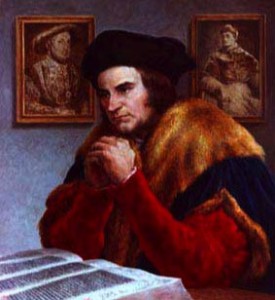 perplexing figure for the modern mind. And even the Catholic who consumes their breakfast whilst pouring over the latest moto proprio can miss this astonishingly great man. I have to admit having skipped over him in my studies, chalking him up with all the other saints and blesseds who gain God’s favor by losing their heads. But St. Thomas More is more than just a martyr.
perplexing figure for the modern mind. And even the Catholic who consumes their breakfast whilst pouring over the latest moto proprio can miss this astonishingly great man. I have to admit having skipped over him in my studies, chalking him up with all the other saints and blesseds who gain God’s favor by losing their heads. But St. Thomas More is more than just a martyr.
He’s an example of such exquisite lack of compromise that he can teach us a great deal about the Catholic Social Doctrine we long to understand and live out. (more…)
Tags: children, england, english reformation, love, martyr, martyrdom, protestant reformation, tudors
This entry was posted on Saturday, June 22nd, 2013 at 6:32 am
You can follow any responses to this entry through the RSS 2.0 feed.
St. John Fisher, 1460-1535
from the Catholic Information Network on St. John Fisher
John Fisher, born at Beverley, Yorkshire, was the son of a prosperous mercer who died in 1477. About 1482 the boy’s mother sent him to Cambridge University where he distinguished himself as a scholar. He was ordained in 1491 on the title of his Fellowship of Michaelhouse (now incorporated in Trinity College). After studying theology for ten years, he took his D.D. in 1501, and was later recognized as one of the leading theologians of Europe.
His university soon discovered his gifts as an administrator; he held in turn the offices of proctor, vice-chancellor and chancellor, and in 1514 he received the unique distinction of being elected chancellor for life. It was in the course of his university duties that, in 1494, he first met the Lady Margaret Beaufort, mother of Henry VII. He became her confessor and advised her on the charitable uses of her great wealth. It was at his suggestion that a preachership was endowed at Cambridge and Readerships in Divinity in both universities. He was largely responsible for her decision to refound and endow Godshouse as Christ’s College, and, after her death in 1509, he carried out her wishes in founding St. John’s College, to which he transferred lands given to him by the Lady Margaret.
He was made bishop of Rochester in 1504, and he ruled that poorest of sees for thirty years; he was a truly pastoral bishop, encouraging his priests by his manner of life and by his interest in their welfare. He was a noted and assiduous preacher, and he did all he could to provide well-instructed priests who could preach to the people.
It was due to his influence that Erasmus was brought to Cambridge as lecturer in Greek. He and Sir Thomas More became close friends of John Fisher, and there is a record of the three being together at Rochester in 1516. Sir Thomas More became High Steward of Cambridge University in 1525. He and John Fisher had been drawn closer together at this period by the call to combat the Lutheran heresy. The bishop wrote his Confutatio (1523) in Latin, a book for theologians by a theologian, which had a wide circulation on
the continent; the layman wrote his Dialogue Concerning Heresies (1528) in English for the common reader. It may be noted that in his sermons and writings against heretics, John Fisher never used the abusive language of contemporary controversy; he relied on reason and persuasion to bring back the prodigals.
The year 1527 was fateful to England, for it was then that Henry VIII took the first steps towards seeking the annulment of his marriage with Catherine of Aragon. She had married his elder brother Arthur in 1501; he died six months later. Catherine always maintained that the marriage had not been consummated. A papal dispensation allowed Henry VIII to marry his brother’s widow in 1509. The lack of a male heir turned his thoughts to the dissolution of his marriage; he argued that the papal dispensation had no validity. Cardinal Wosley was instructed to seek the opinion of John Fisher, whose prestige as a man of holy life and of great learning gave exceptional weight to his views. After studying the problem thoroughly he came to the conclusion that the papal dispensation was valid, and therefore that Henry and Catherine were man and wife in the eyes of the church. From that position he never moved in spite of the pressure brought to bear on him by king and cardinal. He was not content with passive opposition, but in the legatine court set up to try the issue, and from the pulpit, he defended the queen, although he knew that Henry regarded opposition to his will as a form of treason.
An attempt to implicate John Fisher in the fate of the Nun of Kent failed; she had prophesied against the king. A more certain weapon was provided by the Act of Succession of 1534. This declared the king’s marriage to Catherine void, and his subsequent marriage to Anne Boleyn to be lawful; the succession was settled on her children. All had to take an oath accepting the whole Act. When the oath was tendered to
John Fisher he refused to take it; so did Sir Thomas More. Both were prepared to accept the succession as determined by Parliament, but not that part of the Act which implied a denial of the pope’s authority, inasmuch as it declared the papal dispensation invalid.
On April 17th, 1534 Bishop John Fisher and Sir Thomas More were committed to the Tower. They were kept apart.
John Fisher was sixty-five years of age when he was imprisoned; he was suffering from a wasting sickness and was clearly nearing his end. Nothing shows the king’s vindictiveness more than his relentless persecution of this aged man stricken by a fatal illness. On May 20th, 1535, the pope created John Fisher Cardinal-priest of the title of St. Vitalis. This so infuriated the king that he hurried forward the proceedings against the new cardinal. (more…)
Tags: bishop, english reformation, John Fisher, martyr, martyrdom, martyrs of england, priests, protestant reformation
This entry was posted on Saturday, June 22nd, 2013 at 6:00 am
You can follow any responses to this entry through the RSS 2.0 feed.
I’ve had the blessing of reading many wonderful books, but this one in particular, 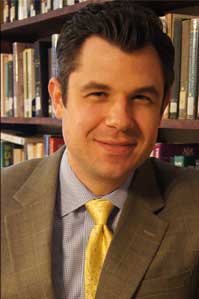 has become a fast favorite!  Dr. Taylor Marshall has penned one of those works that you want to take the time to completely absorb, but also want to read quickly because it such a great story.  What a joy.  Filled with unexpected connections, rich in fascinating  details, and abundant with “I-knew-that-but-I-didn’t-know-I-knew-that” moments, Dr. Marshall’s gifted teaching and storytelling engages the mind and the heart of his reader.  He pours fuel on the fire of our ongoing conversion. This is a great gift to give to yourself and to someone you know who desires a fuller appreciation of our Roman Catholic faith. A must have for your Catholic library. (P.S. Scripture devotees and Patristic fans are going to LOVE this book)
has become a fast favorite!  Dr. Taylor Marshall has penned one of those works that you want to take the time to completely absorb, but also want to read quickly because it such a great story.  What a joy.  Filled with unexpected connections, rich in fascinating  details, and abundant with “I-knew-that-but-I-didn’t-know-I-knew-that” moments, Dr. Marshall’s gifted teaching and storytelling engages the mind and the heart of his reader.  He pours fuel on the fire of our ongoing conversion. This is a great gift to give to yourself and to someone you know who desires a fuller appreciation of our Roman Catholic faith. A must have for your Catholic library. (P.S. Scripture devotees and Patristic fans are going to LOVE this book)
[powerpress]
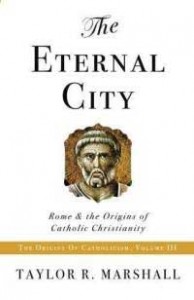 You can find the book here
You can find the book here
Also check out Dr. Marshall’s “Canterbury Tales” website
From the book description:
Read this book if you have ever wondered why the Catholic Church specifically claims to be Roman? It would seem that the Church of Jesus Christ would be centered in Jerusalem, the capital of the Jews, since Christ died and rose again in Jerusalem. Catholic theologian Taylor Marshall, Ph.D. provides a layman’s account of how Christ chose the Rome as an instrument of redemption for the nations. Beginning with the Old Testament prophets, Dr. Marshall explains how the Messiah would come and assume reign over the nations through the Roman Empire. This book provides an exciting and popular account establishing Rome as ‘the Eternal City’ of Christ the King.
Tags: fathers of the church, old testament, papacy, redemption, rome, Taylor Marshall
This entry was posted on Friday, February 15th, 2013 at 7:57 am
You can follow any responses to this entry through the RSS 2.0 feed.
He just gets better and better.  Of course, I’m talking about Mike Aquilina and his joy and enthusiasm for the Catholic Church 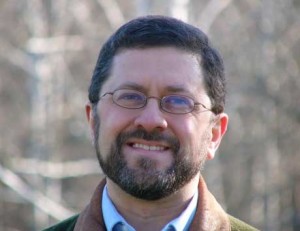 abounds in “Yours is the Church:  How Catholicism Shapes Our World“.  Mike is so good at getting to the nuggets contained in history and reminding us all of the significant contributions made by the Church which have changed our world for the better.  Whether it is the moral leadership it has offered which has been the rudder steadying our course, or the beauty of the arts which fashion it’s sails, the barque of the Church sails the seas of time on a course to the New Jerusalem.  Putting it all into a wonderful historic perspective, Mike Aquilina offers us a “must have” book that should be in every Catholic home and given to anyone joining this beautiful Church of ours.  Thanks Mike!
abounds in “Yours is the Church:  How Catholicism Shapes Our World“.  Mike is so good at getting to the nuggets contained in history and reminding us all of the significant contributions made by the Church which have changed our world for the better.  Whether it is the moral leadership it has offered which has been the rudder steadying our course, or the beauty of the arts which fashion it’s sails, the barque of the Church sails the seas of time on a course to the New Jerusalem.  Putting it all into a wonderful historic perspective, Mike Aquilina offers us a “must have” book that should be in every Catholic home and given to anyone joining this beautiful Church of ours.  Thanks Mike!
[powerpress]
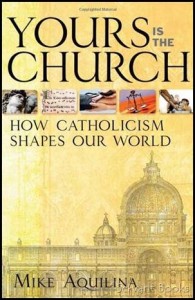 Your can find the book here
Your can find the book here
“Christianity has radically changed the world for the better.  In a book that’s both thoughtful and entertaining .  Mike Aquilina shows how the Gospel really has been the good news in the most practical ways possible.  Even the atheist ought  to thank…whoever he thanks….for the rise of Christianity.” — David Mills, executive editor of First Things
Tags: catholic church, Church, mike aquilina, New Jerusalem
This entry was posted on Monday, February 4th, 2013 at 1:22 pm
You can follow any responses to this entry through the RSS 2.0 feed.
Bruce and I had the great blessing in 2005 of having a conversation with the late Cardinal Avery 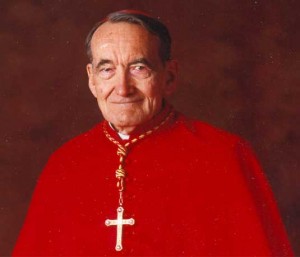 Dulles, one of the foremost American Catholic theologians of the post-Vatican II era about “A History of Apologetics”.
Dulles, one of the foremost American Catholic theologians of the post-Vatican II era about “A History of Apologetics”.
It seemed appropriate, especially during the Year of Faith, to listen once again to his words of wisdom about the importance of our individual Christian testimony over the winning of a “faith debate”. Â We also discuss the legacy of Bl. John Newman and Bl. John Paul II, and so much more. Â Cardinal Dulles died December, 27, 2008.
[powerpress]
You can find the book here
From the description:“Written by one of American Catholicism’s leading theologians, A History of Apologetics also examines apologetics in the 20th and early 21st centuries including its decline among Catholics following Vatican II and its recent revival, as well as the contributions of contemporary Evangelical Protestant apologists. Dulles also considers the growing Catholic-Protestant convergence in apologetics. No student of apologetics and contemporary theology should be without this superb and masterful work”.
Tags: apologetics, Cardinal Avery Dulles, christian apologetics, Evangelical Protestant, theology
This entry was posted on Wednesday, January 2nd, 2013 at 6:54 am
You can follow any responses to this entry through the RSS 2.0 feed.
I could have listened to Dr. James Hitchcock all day, he is absolutely fascinating. Â But the next best thing is to read his tremendous 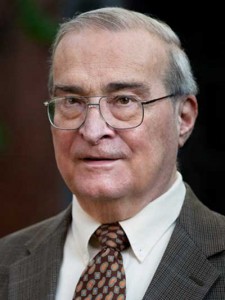 work, “The History of the Catholic Church:Â Â From the Apostolic Age to the Third Millennium”. Â The content is the best, the layout makes it so very accessible, and the storytelling is engaging…a must have and a perfect gift for family and friends! Â In our discussion, we discuss the influence of the papacy, Constantine, the 13th and 15th century, St. Augustine and St. Thomas Aquinas, and so much more. Â Not enough time, but so much fun. Â Don’t miss! Â One of my favorites of 2012!
work, “The History of the Catholic Church:Â Â From the Apostolic Age to the Third Millennium”. Â The content is the best, the layout makes it so very accessible, and the storytelling is engaging…a must have and a perfect gift for family and friends! Â In our discussion, we discuss the influence of the papacy, Constantine, the 13th and 15th century, St. Augustine and St. Thomas Aquinas, and so much more. Â Not enough time, but so much fun. Â Don’t miss! Â One of my favorites of 2012!
[powerpress]
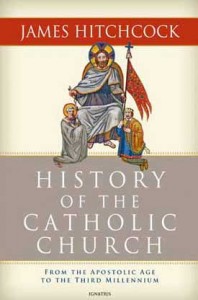 You can find the book here
You can find the book here
“For years, James Hitchcock has been our premier historian – a dissident from conventional wisdom, well-armed and solid. Here he pioneers a new method for presenting a long sweep of history: an orderly and altogether fascinating series of vignettes – of arguments, movements, distinctive persons, and concrete events. There is just enough narrative in these sequences to carry the reader along, but without involving her in excessive interpretation. This book provides both a great resource for easy reference, and a stimulating definition of a Christian humanism that holds in tension the transcendent and the down to earth, the holy and the sinful. This is a tension which Hitchcock maintains throughout.”
– Michael Novak
Tags: family, James Hitchcock, papacy, thomas aquinas, work
This entry was posted on Thursday, December 20th, 2012 at 1:57 pm
You can follow any responses to this entry through the RSS 2.0 feed.
Once again we are joined by the fantastic Dr. Matthew Bunson!  We discuss his new work which brings us the life of 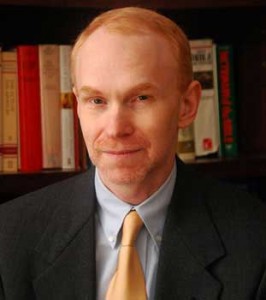 “St. Kateri: Lily of the Mohawks”.  The humble daughter of a Mohawk chief and a Roman Catholic mother, Kateri (named after St. Catherine of Siena) Tekakwitha lived a short life (she died at the age of 24). But she was such a powerful witness, so much so, that even the famed “black robe” Jesuit missionaries were awed  “by her perfection of the virtues, her mystical prayer life, and her total love for Christ.”  Her last words were: “Jesus, I love you.”  No one tells a story like Dr. Bunson, and he doesn’t fail to captivate this time when describing  the life of this remarkably holy woman.
“St. Kateri: Lily of the Mohawks”.  The humble daughter of a Mohawk chief and a Roman Catholic mother, Kateri (named after St. Catherine of Siena) Tekakwitha lived a short life (she died at the age of 24). But she was such a powerful witness, so much so, that even the famed “black robe” Jesuit missionaries were awed  “by her perfection of the virtues, her mystical prayer life, and her total love for Christ.”  Her last words were: “Jesus, I love you.”  No one tells a story like Dr. Bunson, and he doesn’t fail to captivate this time when describing  the life of this remarkably holy woman.
[powerpress]
You can find the book here
“Written by experienced and prolific authors Matthew and Margaret Bunson, St. Kateri: Lily of the Mohawks is the most definitive biography of Kateri Tekakwitha.”
Here is St. Kateri and Dr. Matthew Bunson featured on “Rome Reports”
Tags: osv, our sunday visitor
This entry was posted on Tuesday, November 13th, 2012 at 3:34 pm
You can follow any responses to this entry through the RSS 2.0 feed.
Episode 1 – Roots of the Faith: Witnesses to Tradition. A grand overview of Church tradition as passed down to us by the Fathers of the 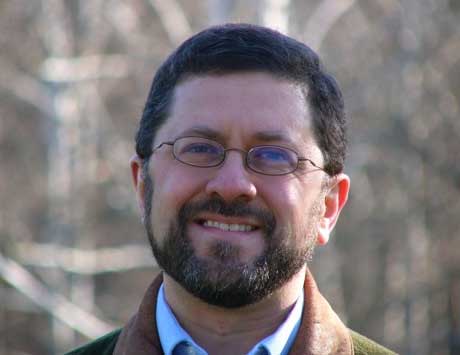 Church…it’s scope and relevance for our lives today!Â
Church…it’s scope and relevance for our lives today!Â
[powerpress]
Roots of the Faith – From the Church Fathers to You with Mike Aquilina, makes clear that just as an acorn grows into a tree and yet remains the same plant, so the Catholic Church is a living organism that has grown from the faith of the earliest Christians into the body of Christ we know today. Hosted by Kris McGregor
Also visit Mike’s “Discerning Hearts” page for more audio downloads and information!
Tags: mike aquilina, roots of the faith, st. paul center for biblical theology
This entry was posted on Wednesday, September 26th, 2012 at 10:42 am
You can follow any responses to this entry through the RSS 2.0 feed.
A Doctor of the Church, a distinguished Jesuit theologian, writer, and cardinal, born at Montepulciano, October 4, 1542; died 17 September, 1621.
September, 1621.
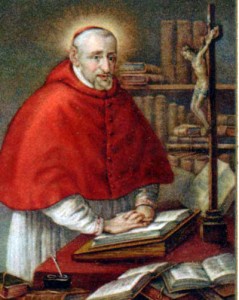 When you look up the word “prudence” in the dictionary, you may find his picture. Why? Does the name “Galileo” ring a bell. Many think they know the story…but do you? If you’ve never heard St. Robert Bellarmine’s role and thoughts on the matter, than you haven’t heard the whole story. Take a listen to Dr. Matthew Bunson break open the “Galileo issue” from a truly Catholic perspective.  Fascinating.
When you look up the word “prudence” in the dictionary, you may find his picture. Why? Does the name “Galileo” ring a bell. Many think they know the story…but do you? If you’ve never heard St. Robert Bellarmine’s role and thoughts on the matter, than you haven’t heard the whole story. Take a listen to Dr. Matthew Bunson break open the “Galileo issue” from a truly Catholic perspective.  Fascinating.
[powerpress]
For more on this great saints life check out the article found on New Advent
Tags: cardinal, catholic, catholic podcast, catholic prayer, cathollc spirituality, doctor of the church, galileo, jesuit, matthew bunson, prudence, st robert bellarmine, theologian
This entry was posted on Monday, September 17th, 2012 at 3:03 am
You can follow any responses to this entry through the RSS 2.0 feed.
[powerpress]
St. Maximus the Confessor 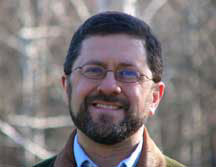 lived approx. 500 years after Hippolytus. He is one of the last fathers of the Church and is consider one of the first of her doctors. A beautiful writer and homelist he said this once:
lived approx. 500 years after Hippolytus. He is one of the last fathers of the Church and is consider one of the first of her doctors. A beautiful writer and homelist he said this once:
The sun of justice, rising into the clean mind, reveals Himself and the reasons of all that He created and will create.
Love defeats those three: self-deception, because she is not proud; Interior envy, because she is not jealous; Exterior envy, because she is generous and serene.
All the treasures of wisdom and knowledge are inside our hearts hidden.
Faith without love does not act in the soul the illumination of the divine knowledge.
When the mind receives the ideas of things, by its nature is transformed according to each and every idea. If it sees the things spiritually, it is transfigured in many ways according to each vision. But if the mind becomes in God, then it becomes totally shapeless and formless, because seeing Him who has one face it comes to have one face and then the whole mind becomes a face of light.–Â taken from Speech on Love
This entry was posted on Monday, August 13th, 2012 at 12:03 pm
You can follow any responses to this entry through the RSS 2.0 feed.
From the Merriam-Webster on-line dictionary: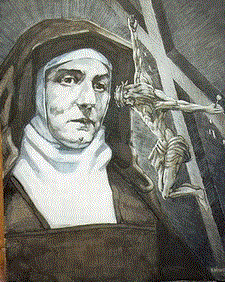
Main Entry: 1mar·tyr
Pronunciation: \ˈmär-tər\
Function: noun
Etymology: Middle English, from Old English, from Late Latin, from Greek martyr-, martys witness
Date: before 12th century
1 : a person who voluntarily suffers death as the penalty of witnessing to and refusing to renounce a religion
2 : a person who sacrifices something of great value and especially life itself for the sake of principle
On this day, August 9, 1942,
Sr. Teresa Benedicta of the Cross (Edith Stein) became a martyr for the faith in the Auschwitz death camp. She continues to witness today.
Tags: auschwitz death camp, carmelite, edith stein, witness
This entry was posted on Thursday, August 9th, 2012 at 6:57 am
You can follow any responses to this entry through the RSS 2.0 feed.
Just click and
take a vitual tour of
St. Mary Major
From Rome Reports:
Rome is in a festive mood with a special celebration at Saint Mary Major, one of the four most important basilicas of the Eternal City.
Pope Benedict XVI referred to this unique event in Rome during his General Audience held in Castel Gandolfo.
BENEDICT XVI
Today, where we remember the dedication of the Basilica of Saint Mary Major, the liturgy invites us turn our gaze to Mary, Mother of Christ. Always look to Her, dear young people, following her example in faithfully carry out God’s will. ”But the Basilica itself has also been celebrating this day with the traditional “snow” of rose petals recalling the events around the appearance of the Blessed Mother to Pope Liberius showing him where to build the new Church.
The morning after this dream, on August 5 in the year 358, a miraculous snowfall appeared on the Esquiline Hill of Rome – despite it being mid-summer. Here is where the great basilica stands now.
Since then, the Basilica has maintained a very special relationship with the Eternal City as it keeps the image known as the ‘protector of Rome’ or the help of the Roman people.
It marked a day of celebration to remember this unique moment in the history of the Church
The Papal Basilica of Saint Mary Major is an ancient Roman Catholic Marian basilica of Rome. It is one of the four major or four papal basilicas, which, together with St. Lawrence outside the Walls, were formerly referred to as the five “patriarchal basilicas” of Rome.
Tags: Basilica of Saint Mary Major, st. mary major
This entry was posted on Sunday, August 5th, 2012 at 6:29 am
You can follow any responses to this entry through the RSS 2.0 feed.
 St. Bridget of Sweden…I never knew the power of the revelations to St. Bridget of Sweden until my friend Denise “reintroduced” them to me.  I say “reintroduced”, because I had bought the Pieta Prayer booklet (where they can be found) back in 1987. I offered them, really, only for a short while before packing the book away. But years later, after seeing how the revelations touched the heart of my
St. Bridget of Sweden…I never knew the power of the revelations to St. Bridget of Sweden until my friend Denise “reintroduced” them to me.  I say “reintroduced”, because I had bought the Pieta Prayer booklet (where they can be found) back in 1987. I offered them, really, only for a short while before packing the book away. But years later, after seeing how the revelations touched the heart of my dear friend, I dug the booklet out and started praying them again (as faithfully as I could). They are very powerful and beautiful. Meditating on the Passion of our Lord with the intensity called for in this particular devotion will change your life…are you ready?  How many of you out there have the Pieta prayer book and know the stories of St. Bridget of Sweden?
dear friend, I dug the booklet out and started praying them again (as faithfully as I could). They are very powerful and beautiful. Meditating on the Passion of our Lord with the intensity called for in this particular devotion will change your life…are you ready?  How many of you out there have the Pieta prayer book and know the stories of St. Bridget of Sweden?
(oh, be sure not to confuse her with St. Brigid of Kildare…it happens all the time)
Here  is the audio mp3 download of the 15 Prayers of St. Bridget as offered by Bruce McGregor and Denise Wharton
[powerpress ]
You can find the text for the prayers hereÂ
Here is the chapel in St. Paul’s Outside the Walls in Rome where St. Bridget received the private revelation of the 15 prayers…….
Of course, St. Bridget is more than just her prayers…ordinary woman, extraordinary life!. To learn more about St. Bridget of Sweden, take a look at this:
Tags: audio, feast day, Pieta Prayer, pieta prayer book, prayers, rome, st bridget of sweden, St. Paul Outside the Walls, Sweden, women of the middle ages
This entry was posted on Monday, July 23rd, 2012 at 1:00 am
You can follow any responses to this entry through the RSS 2.0 feed.
Bl. Teresa of St. Augustine and Companions (OCD), Virgins and Martyrs (m)
“These were a community of sixteen Discalced Carmelite nuns from the monastery of the Incarnation at Compiégne in France. When the full terror of the French Revolution began, they offered themselves as sacrificial victims to beg God for peace for the Church and for their country. Arrested and imprisoned on the 24th June 1794, they continued to share their joy and their faith with others. Condemned to death for their loyalty to the Church, to their religious vows and for their devotion to the Sacred Hearts of Jesus and Mary, they were guillotined in Paris on 17th July 1794 whilst singing hymns
and after having renewed their vows to their prioress, Teresa of St. Augustine. They were beatified by Saint Pius X on 13th May 1906.” from The Carmelite website
If you get a chance, listen to the beautifully provocative opera by Poulenc entitled “The Dialogues des Carmelites”…it’s stunning! The finale makes me cry every single time…(they are singing the Salve Regina, aka the Hail Holy Queen)
Take a look
Tags: carmelites. martyrs, french revolution, opera, poulenc
This entry was posted on Tuesday, July 17th, 2012 at 12:51 am
You can follow any responses to this entry through the RSS 2.0 feed.
[powerpress]
This entry was posted on Sunday, July 15th, 2012 at 8:34 pm
You can follow any responses to this entry through the RSS 2.0 feed.

